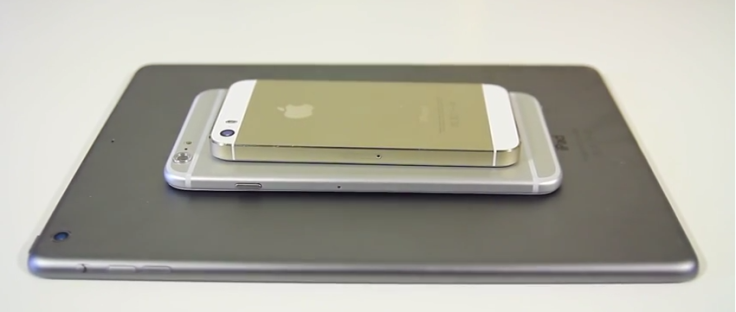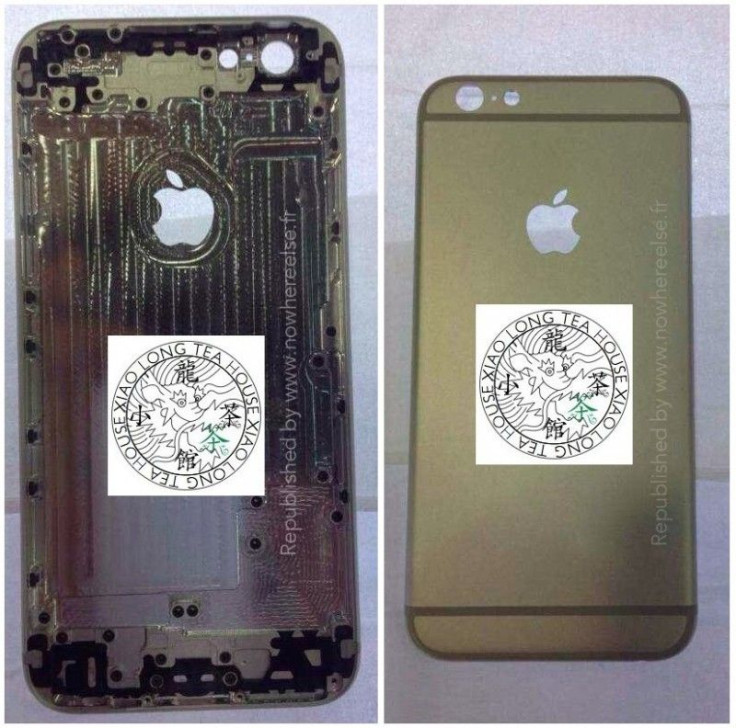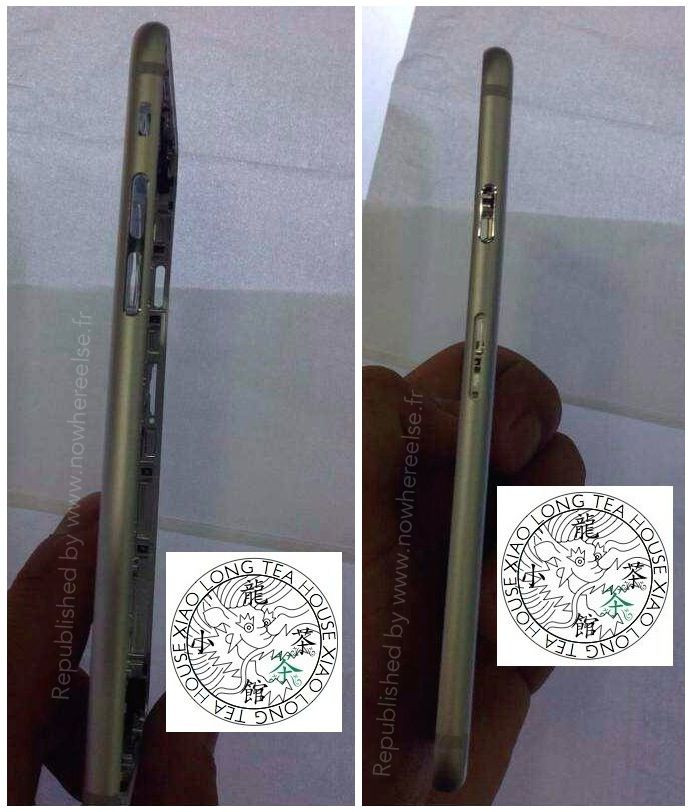Apple iPhone 6 Release Date Likely In Mid-September

It has been nine months since Apple Inc. (NASDAQ:AAPL) released an iPhone, and the countdown has begun for the manufacturer’s latest. Last September, Apple broke from a six-year tradition by launching a pair of iPhones, as opposed to a single model.
According to a number of rumors and leaked images, Apple is expected to launch two smartphones again this year with the release of the iPhone 6. Both models are expected to include a significantly larger display than their predecessors, with both a 4.7-inch and 5.5-inch iPhone 6 expected in the pipeline.
Apple has never released information about a product’s availability before its official unveiling, but based on the timeline of the release of iOS 8, we expect the Cupertino, California-based company to unveil the iPhone 6 again in mid-September.
iPhone 6 Release Date: Why September?
It was nearly seven years ago that Apple released the first iPhone. Since then, Apple has maintained a majority of the smartphone market in countries like the U.S. and Japan, and consistent sales around the world. Intent on maintaining that advantage, the company seldom strays from certain patterns, especially those set by the late Steve Jobs, its former CEO.
While the company's famed SVP of design, Jony Ive, recently spoke highly of Tim Cook's decision-making skills, the Apple CEO is unlikely to make an unwarranted shift in company policy. Apple traditionally spends more than three months working out the kinks in betas of the iOS 8 operating system before release the next iPhone. By looking at existing patterns, Apple’s unspoken strategy for the iPhone 6 release date becomes a matter of simple deduction.
Two years ago, Apple unveiled iOS 6 on June 11, releasing the iPhone (and iPad) software exactly 100 days later, on Sept. 19. The following year, Apple released iOS 7 on Sept. 18, 100 days after it was unveiled at the company’s World Wide Developer’s Conference (WWDC) in Cupertino. Both iOS 7 and 8 were released on Wednesdays, with the corresponding iPhone released two days after – on a Friday.
This year, iOS 8 was unveiled June 2. Based on existing patterns, Apple is likely to work out the kinks in beta versions of the software by Sept. 10, 100 days after its unveiling, which just so happens to fall on a Wednesday. Therefore, we predict that Apple will release at least one iteration of the iPhone 6 on Friday, Sept. 12, 2014.
International Business Times’ former technology editor Dave Smith was the first to mention this pattern in 2013, using it to correctly predict the iPhone 5S release date despite a number of rumors to the contrary. Smith’s story was the first mention of Apple’s actual release date for the device. On Wednesday, in a report for Business Insider, he wrote that the iPhone 6 may include a barometer, perhaps to eventually allow developers to crowdsource weather data.

iPhone 6 Details Leak Before Its Release Date
Mockups of the iPhone 6 that have emerged online appear to confirm earlier leaks of its housing, pointing to a 4.7-inch and 5.5-inch model. TechSmartt’s Keaton Keller was able to confirm a slimmer, more rounded design for the iPhone 6, reminiscent of the fifth-generation iPod Touch.
Apple appear to have moved the sleep/wake switch to the side of the iPhone 6, for improved comfort with both models' larger size. The 5.5-inch display on the larger iPhone 6 makes the phone " bigger" than the Samsung Galaxy Note 3, which has a 5.7-inch display, as well as the 5.5-inch LG G3

Some analysts say that Apple may charge as much as $100 more for the larger iPhone 6 than it currently does for the iPhone 5S, which ranges from $649-849 (USD) prior to carrier subsidies.
The iPhone 6's Scratchproof Sapphire Should Not Delay Its Release
A September release date would contradict a Reuters report from last month, that cited Taiwanese media speaking to sources “close to Apple’s supply chain.” The reports said Apple would unveil the smaller, 4.7-inch iPhone 6 in August, with the 5.5-inch model shipping one month later, in September.
Some outlets say Apple might have trouble releasing the two iPhone 6 models alongside the iWatch, the wearable touchscreen computer that Apple has reportedly been developing for several years, since all three products are expected to utilize sapphire glass screens, supplied by GT Advanced Technologies (NASDAQ:GTAT), as opposed to Corning Inc.’s (NYSE:GLW) Gorilla Glass.
However, Seeking Alpha’s Matt Margolis reports that all evidence says “the Mesa sapphire operations will have ample supply to cover the iWatch, the 4.7" iPhone and the 5.5" iPhone with full sapphire cover glass in 2014.” Similar reports said that Apple would choose to release the iPhone 5S and 5C separately, which turned out to be false.
iPhone 6’s 2014 Release Coming During A Big Year For Apple
Apple CEO Tim Cook said in April that the company was “closer than it has ever been” to entering new product categories. With the announcement of HealthKit and HomeKit during the WWDC Keynote on June 2, and the earlier unveiling of CarPlay, Apple has just begun to make good on its promises.
Like iOS 8, the rest of Apple’s new software ecosystems are going to be lonely without some hardware to go with it. HealthKit is seen as a precursor to the rumored iWatch.
HomeKit, an ecosystem to tie together a connected or “smart home,” however, may not end up in a hardware release from Apple. According to Jan Dawson, founder and chief analyst at Jackdaw Research, other than an updated Apple TV, the company is unlikely to unveil anything to directly compete against Google Inc.’s (NASDAQ:GOOGL) Nest Protect.
“I think HomeKit is Apple’s entire play in the smart home market for now,” Dawson told IBTimes earlier this month. “I don’t think we’re going to see any hardware from Apple to support smart homes.”
The one exclusion to a Internet-connected hub in the home for Apple devices, Dawson said, could be a refreshed Apple TV. The company’s most recent version of the streaming set-top came out in January of 2013, and Dawson said the next iteration of Apple TV could run more powerful apps, including games.
“It’s currently a really diverse and fragmented market,” Dawson said. “It’s much more likely that Apple will take the HomeKit route of allowing you to control a diverse set of devices from within iOS, increasing the value of the iPhone and iPad ecosystem.
© Copyright IBTimes 2024. All rights reserved.




















